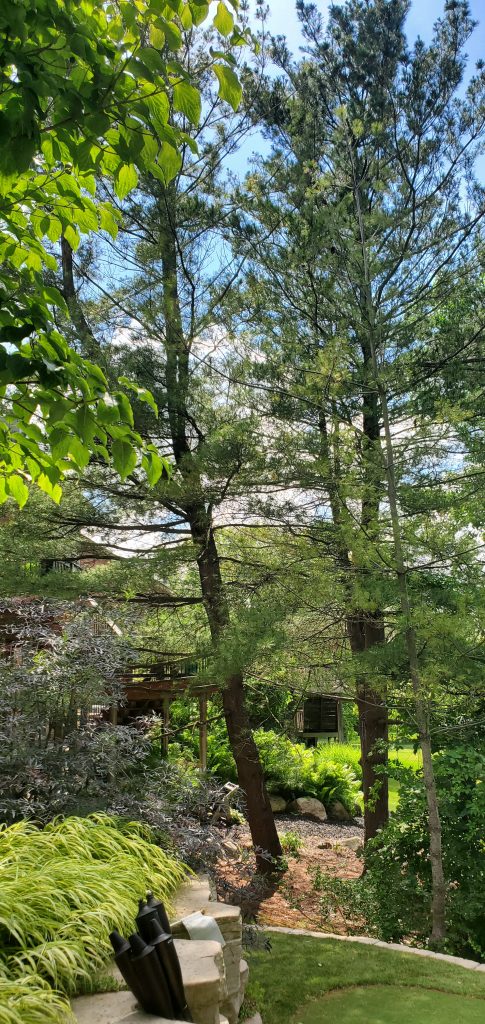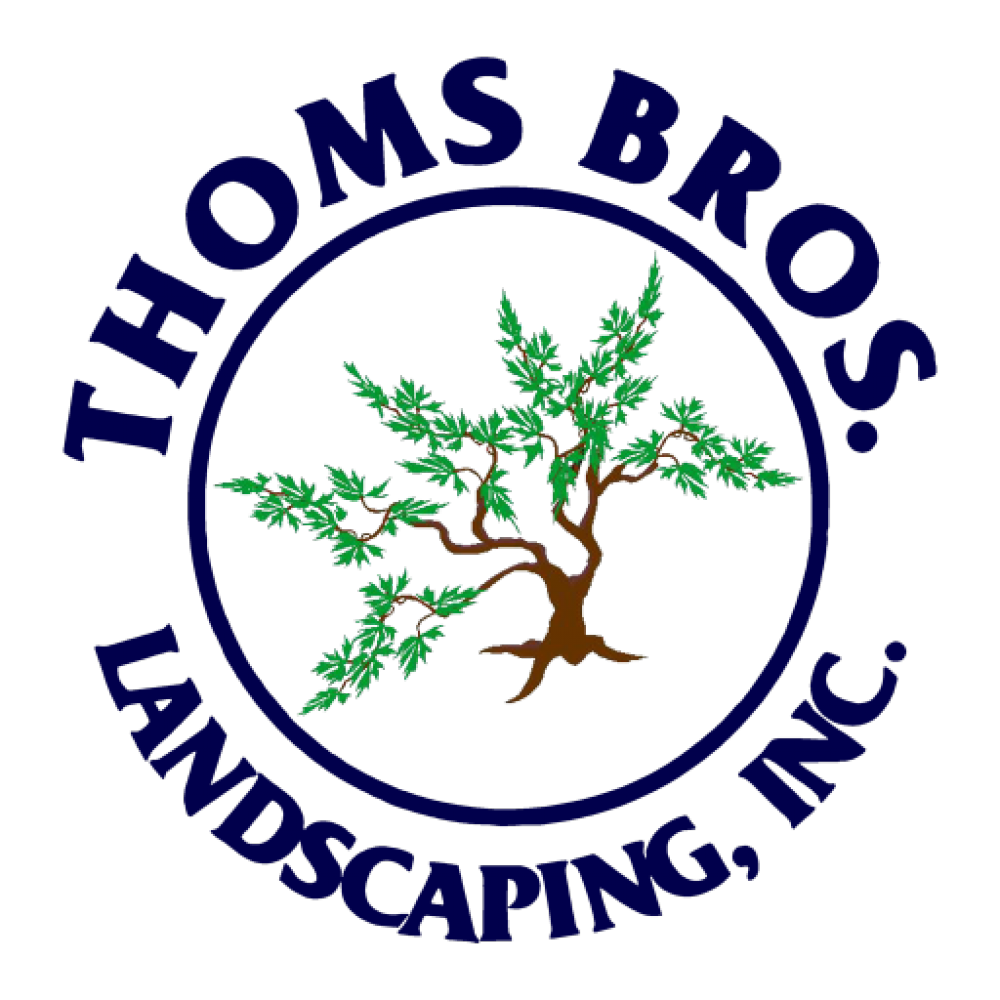Eastern White Pine is a beautiful, towering evergreen tree picked as Michigan’s state tree officially through Act 7 on March 4, 1955. At one point, Michigan was the leading timber producer in the nation due to its vast stands of this native tree. It is an invaluable timber tree (perhaps more so in the 18th and 19th centuries than now) because of its lightweight, straight-grained wood (orange heartwood and white sapwood).

In 1871, my great grandfather came from Europe to the northern Thumb area to start a new life in the lumber industry working for the Staffords. In 1881, the “Thumb Fire” took hundreds of lives and burned well over one million acres. The fire destroyed major parts of Tuscola, Huron, Sanilac, and St. Clair counties. It forever altered the landscape of the Upper Thumb and its effect is seen the area today. Without massive stands of White Pines and other lumber trees, my great grandfather started farming lumber land.
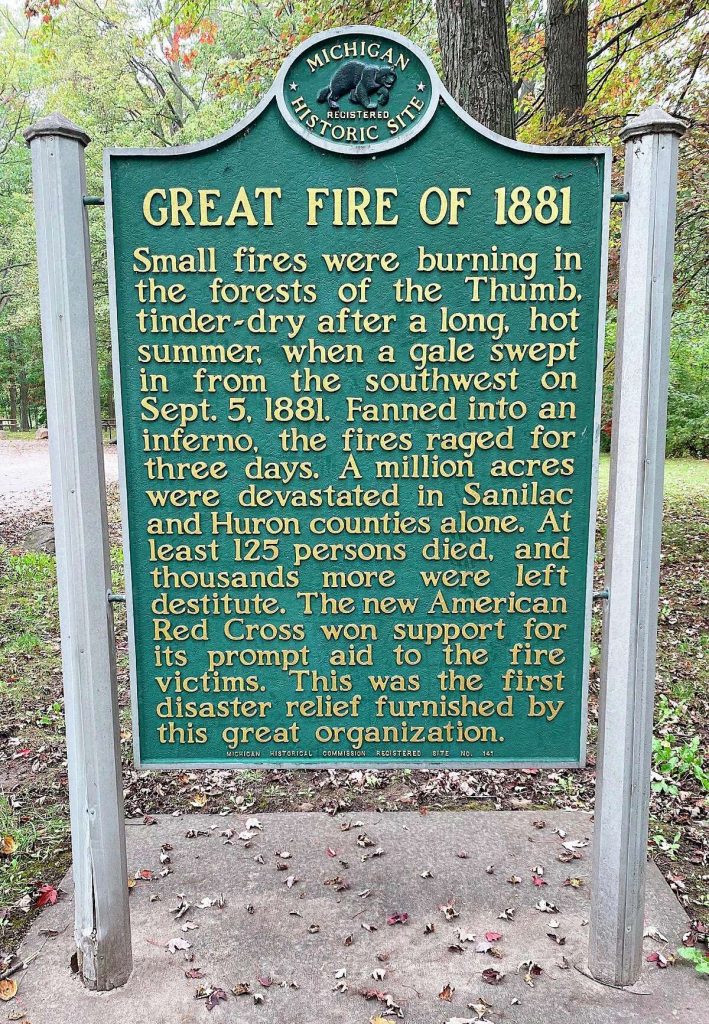
The Eastern White Pine grows naturally in high, dry, sandy and rocky ridges and is tolerant of a wide range of soil conditions. However, it most prefers full sun, moist, well-drained, fertile sandy loams, and cool, humid climates and full sun. It is intolerant of many air pollutants such as sulfur dioxide and ozone, salts, and alkaline soils.
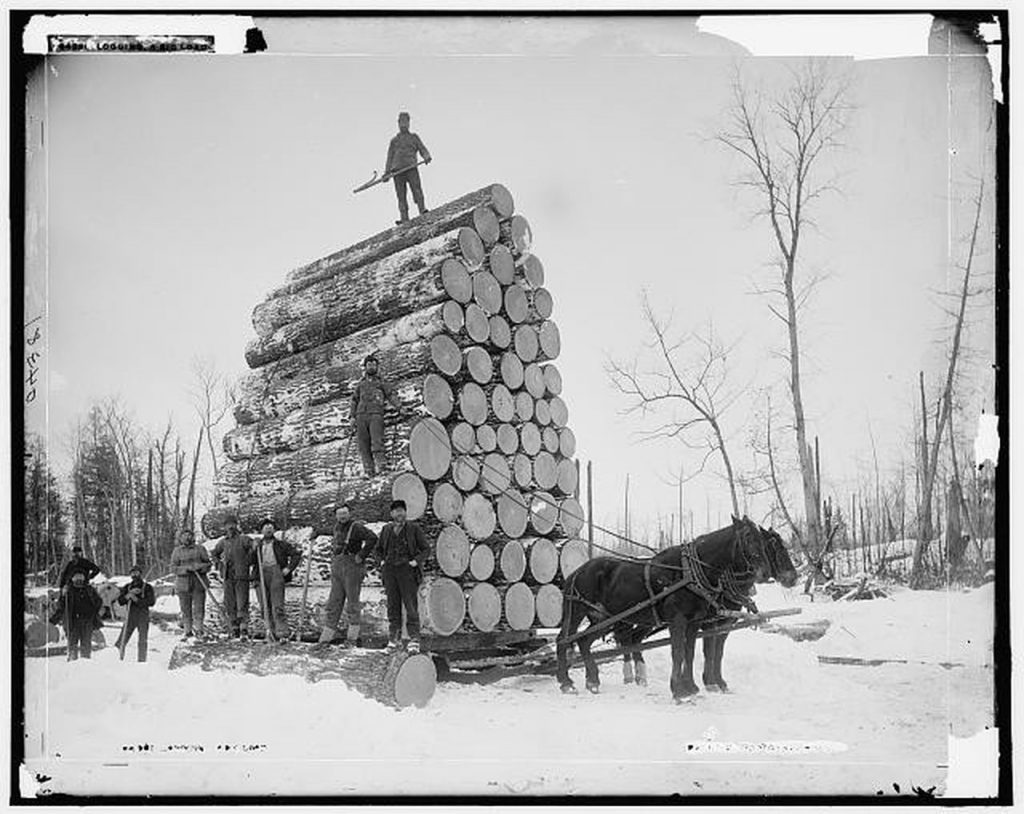
This plant is an attractive ornamental landscape tree. It is utilized as a Christmas tree, and exterior in large areas (parks, commercial, estates), hedges, and borders. Cones are sold as tree decorations for models, model railroading, Christmas decorations, however, when placed upright, the “snow” is on the lower side of branches. This plant is very susceptible to white pine blister rust and the white pine weevil.
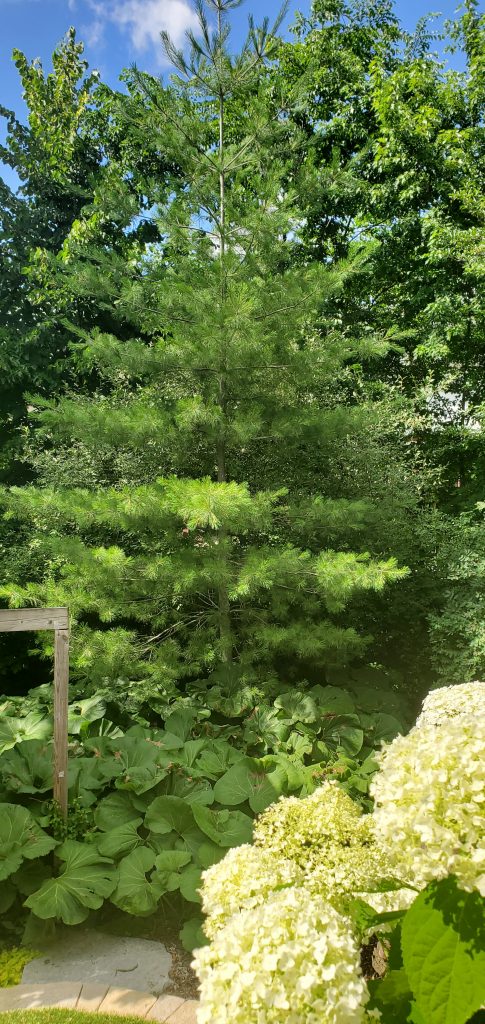
My home in Rochester and the surrounding neighbor’s and common areas are sprinkled with White Pine, some very mature. Pinus strobus (Eastern White Pine) is a standard looking evergreen tree when young and especially when coming from a tree farm. But as it ages, it becomes very majestic looking. Last year I lost a small tree and didn’t think much about it. This Spring, I noticed two semi-mature trees and one small one looking sick as well. I called my arborist after talking with my neighbor that their very large White Pine was looking the same. My arborist identified the problem as Eastern Pine Shoot Borer. Eucosma gloriole, also known as the white pine tip moth, American pine shoot moth, and white pine shoot borer has been recorded on many conifers, especially pines. It prefers eastern white and Scotch pines but has been observed feeding on jack, red, Austrian, pitch, and mugo pines. It also occurs occasionally on spruce and Douglas-fir.
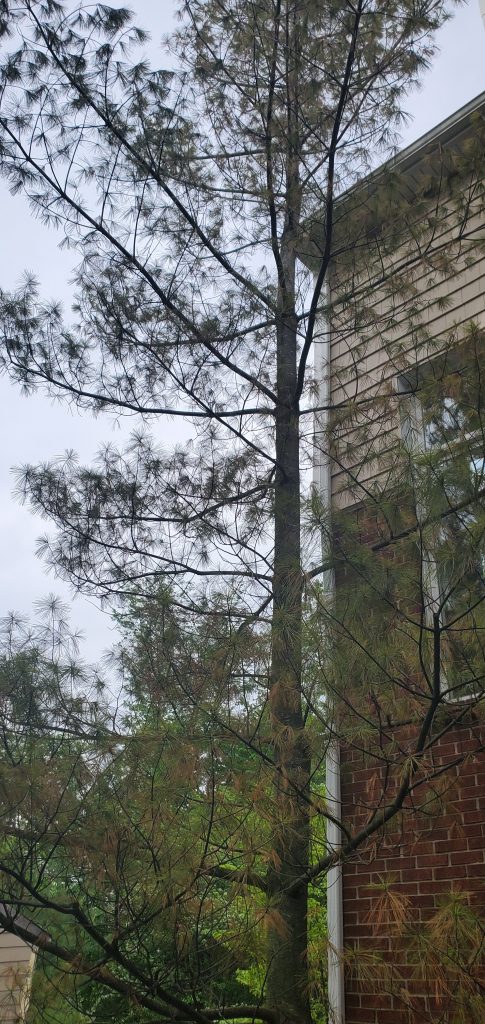
When you notice shoots beginning to wilt, turn yellow and drop it’s time to take action. The first evidence of an attack occurs about mid-June when the outer 6 to 8 inches begin to droop and turn yellow. Frequently the shoot breaks over or drops off near the base of the attack, leaving a distinctive flat stub. Terminal shoots are more susceptible to attack than lateral shoots. Some shoots, especially on Douglas-fir, may wilt and droop before yellowing and resemble a shepherd’s hook. They cause trees to become stunted and crooked; crooks and forks develop after terminal shoots are killed. The general crown shape of the tree is ruined when lateral shoots are killed. The wound caused by the broken shoot can be an open invitation to disease-causing organisms.
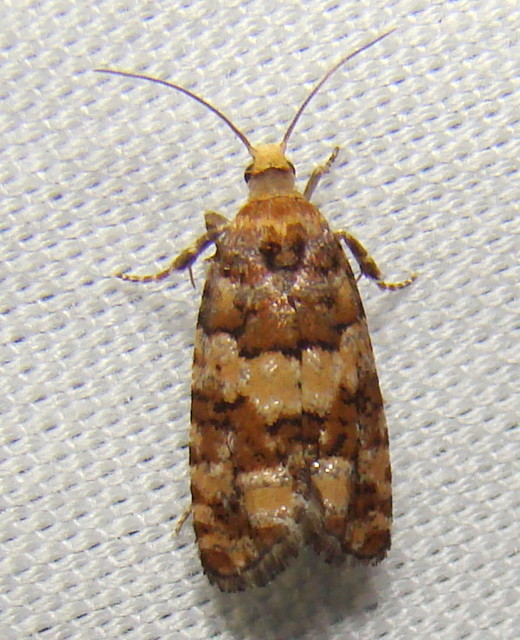
Removing and destroying infested trees help protect neighboring trees that are still healthy. Burning, or chipping and burying the trees with borers inside, will kill the borers before they become adults and can walk, crawl, or fly to nearby healthy trees. Sanitation is most effective between Oct. 1 and April 1, when most of the borers are spending the winter inside trees. These dying trees also act as traps that lure local borers away from healthy trees to breed inside them. Sanitation efforts should be focused on evergreens that have at least half of their branches containing completely brown needles. Trees that have declined to this state will not recover and will soon die. Destroying these trees before April 1 will kill the borers before they leave to attack healthy trees.
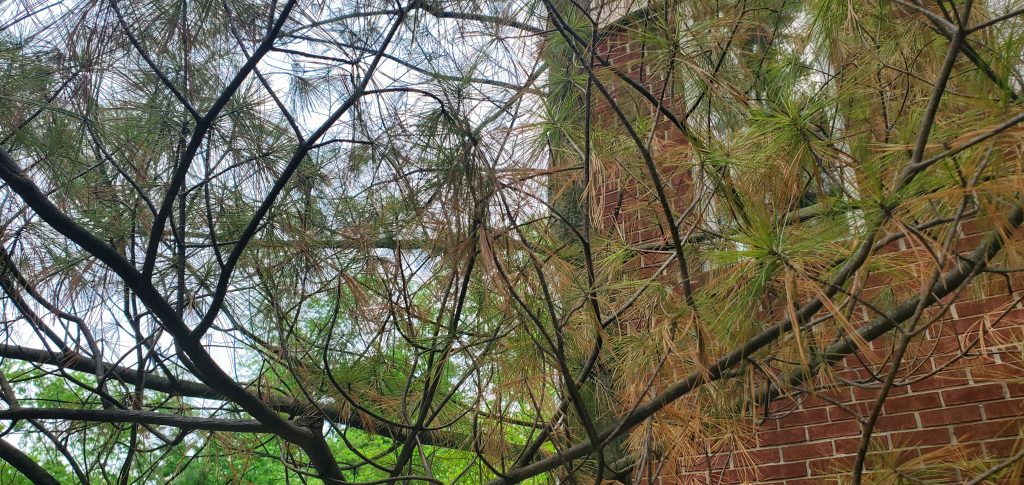
Three insecticides are most commonly available for home landscape use for spraying branches and needles for trees with minor infestation. These include permethrin (e.g., Hi-Yield 38 plus), bifenthrin (e.g., Onyx), and carbaryl (e.g., Sevin XLR). Susceptible parts of trees should be coated with these insecticides so that the insect is poisoned while chewing holes to either enter or exit the tree. Soil injection of insecticides of dying trees is not recommended because the tree might not be able to take up material from the soil. But in this case, it is best to remove the tree(s) immediately.
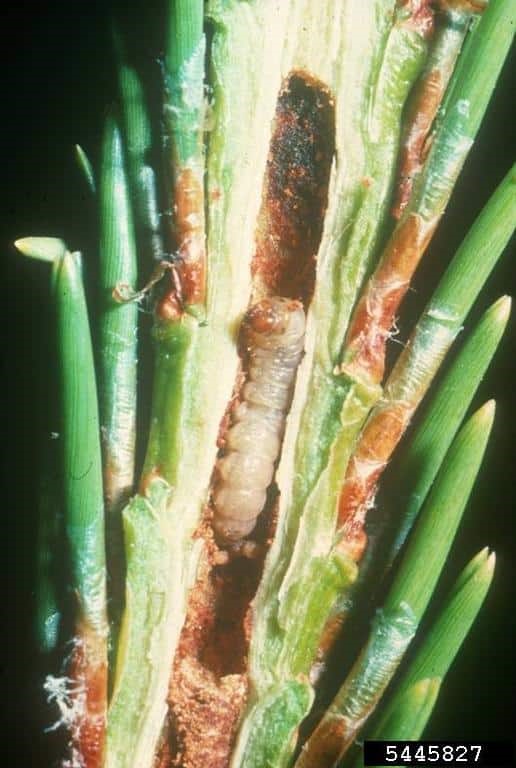
This was the solution for my situation. The three trees in question were removed immediately and the other healthy trees including the trees located in the common area behind my property had insecticides like imidacloprid (Bayer Tree and Shrub) applied to the soil to kill any possible boring beetles. In the Fall, a deep root-feeding of the trees using organic tree fertilizers coupled with a systemic insecticide designed to control this problem internally. The same recommendation was made to my neighbor.
